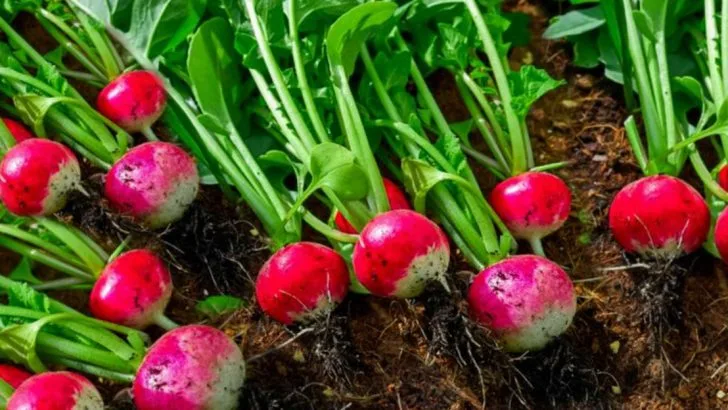Some vegetables are just drama queens. No matter how much sun, compost, or pep talks you give them, they wilt, sulk, and stubbornly refuse to grow. But others? They practically sprout the moment your back is turned. No fuss, no drama—just green glory. If you’ve ever felt betrayed by a tomato or scammed by a moody eggplant, this list is your redemption arc. We’re naming names: the 7 veggies that flop no matter what, and the 14 that thrive like it’s their life’s purpose (because it is). Stop wasting time on ungrateful plants. Start planting winners.
Carrots
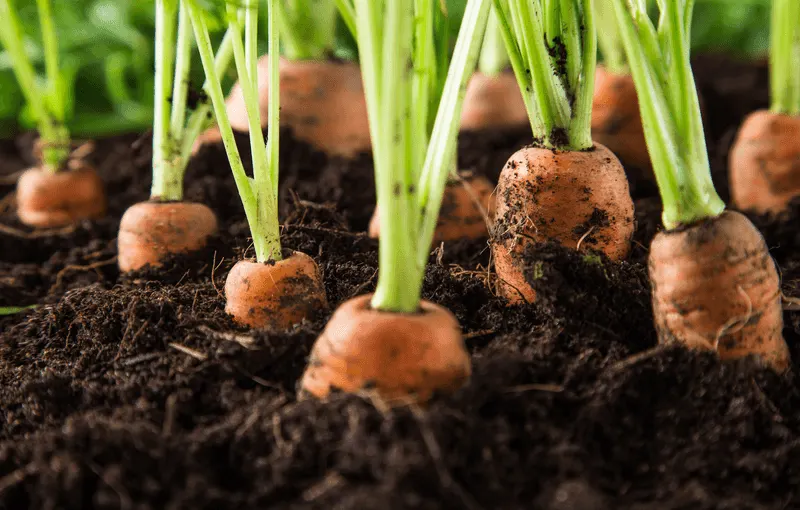
Carrots, with their vibrant hue, often catch the eye of hopeful gardeners. Yet, these root vegetables are notorious for their finicky nature. They require loose, sandy soil to grow properly, but clay or compacted soils can stifle their growth. Even slight soil obstructions can lead to misshapen roots. Additionally, inconsistent watering can result in cracked or bitter-tasting carrots. Despite these challenges, with patience and the right environment, a gardener can enjoy a modest harvest. Considerations of soil quality and moisture are crucial to cultivating these vibrant veggies. Perseverance, however, might just yield rewards worth the trouble.
Cauliflower
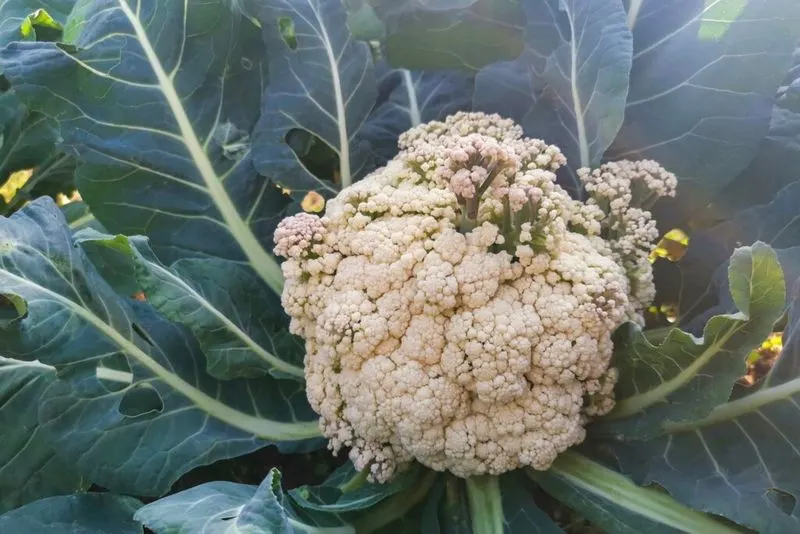
Cauliflower, a cousin to broccoli, often frustrates gardeners with its unpredictability. Despite its popularity, achieving a perfectly formed head can be elusive. This vegetable despises heat, thriving only in cool, consistent temperatures. Even slight fluctuations can lead to bolting—a process where the plant flowers prematurely, rendering the head inedible. Additionally, pests like the cabbage worm can wreak havoc on its leaves. Despite the hurdles, successful cultivation results in a versatile ingredient for any kitchen. The key lies in timing and careful pest management to ensure a healthy, robust cauliflower crop.
Celery
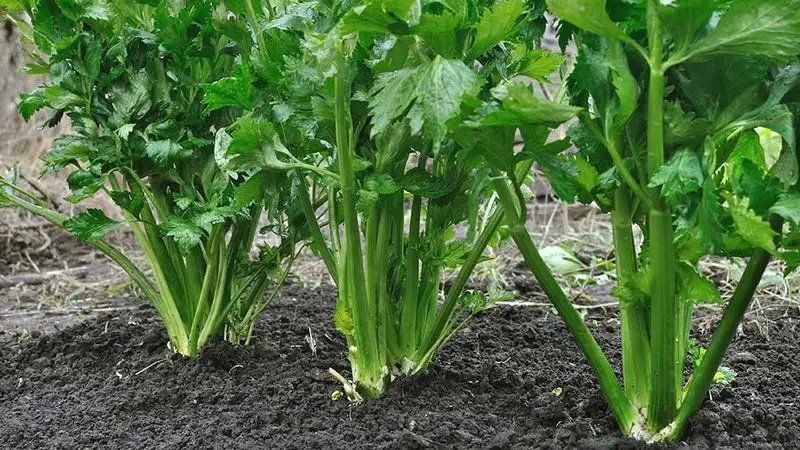
Celery, known for its crunchy stalks, demands patience and precise care. Often, it is the bane of novice gardeners due to its need for constant moisture and rich soil. Too much sun can cause it to become stringy, while too little results in stunted growth. Pests and diseases are also common challenges. However, when conditions are right, celery can thrive, rewarding the gardener with stalks perfect for soups or snacks. Crafting the perfect environment, with ample water and balanced nutrients, is vital for celery’s success. This finicky plant needs a gardener’s full attention.
Eggplant
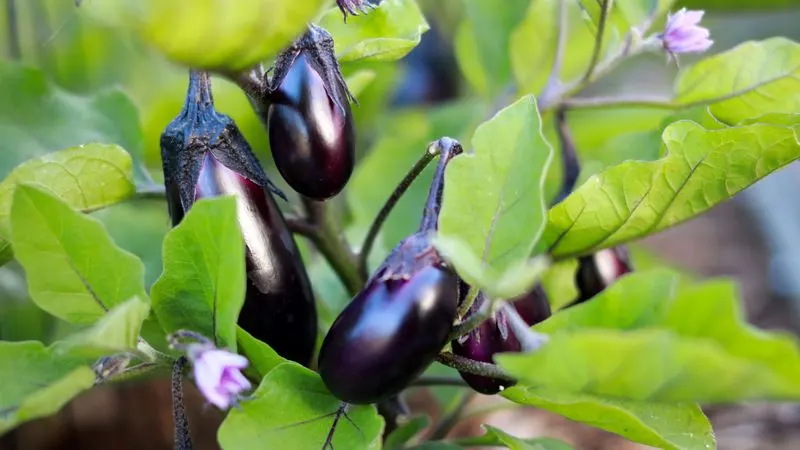
Eggplants, with their glossy fruits, are a delightful addition to any garden, yet they can be rather demanding. These warm-weather vegetables require full sun and well-drained soil, but they are sensitive to temperature fluctuations. Too much cold or insufficient water can lead to unproductive plants. Additionally, pests like flea beetles can damage leaves, hindering growth. Despite these hurdles, when conditions align, eggplants can thrive, offering a bountiful harvest of rich, flavorful fruits. Achieving success with eggplants involves careful monitoring of environment and pests, ensuring their development isn’t stunted.
Onions
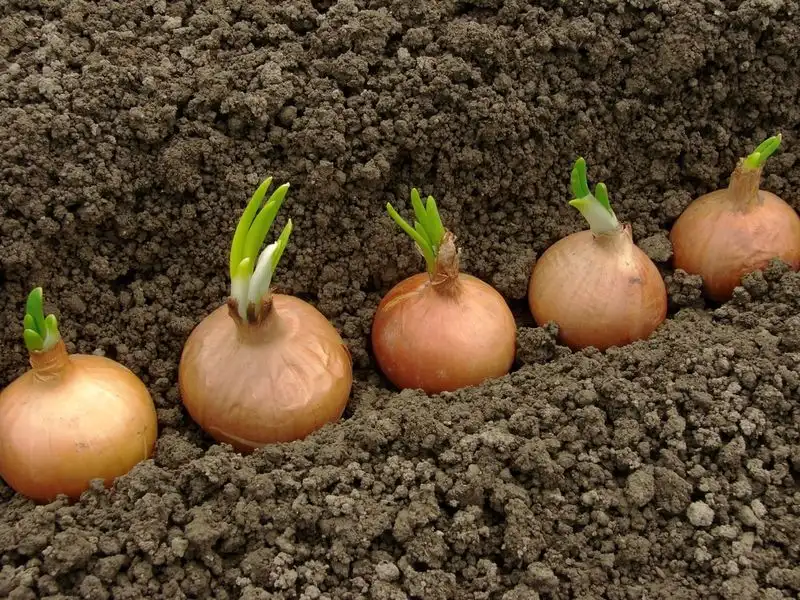
Onions, a kitchen staple, can be surprisingly tricky to grow well. These bulbs demand loose, well-drained soil and consistent watering, but not too much, as over-irrigation can lead to rot. They also need ample sunlight, yet weeds can easily outcompete them if not managed. Furthermore, pests like onion maggots pose a significant threat. However, when grown successfully, onions reward with flavor that outshines any store-bought variety. A gardener’s patience and vigilance in maintaining soil conditions and pest control are paramount to their development. The payoff is a harvest to be proud of.
Peppers

Peppers, whether hot or sweet, often prove temperamental in the garden. They require consistent warmth and full sun, conditions that aren’t always easy to provide. Cold snaps can stunt their growth, while too much humidity can promote disease. Pests such as aphids and spider mites are also common adversaries. However, with meticulous care, peppers can flourish, bringing vibrant colors and flavors to the table. Ensuring the right balance of sunlight and protection from the elements is key to their success. These spicy or sweet delights need a gardener’s devoted effort to thrive fully.
Radishes

Radishes, often seen as beginner-friendly, can sometimes betray expectations. They grow rapidly but require ideal soil consistency and moisture levels. Too much clay or rocky soil leads to misshapen roots, while inconsistent watering causes them to split. Pests like root maggots can devastate them. However, with the right conditions, radishes grow swiftly, offering crisp, peppery roots. The challenge lies in preparing the soil and maintaining consistent care. Success with radishes rewards the gardener with a quick and satisfying harvest, perfect for salads or garnishes. Their quick growth requires attention and precision.
Zucchini
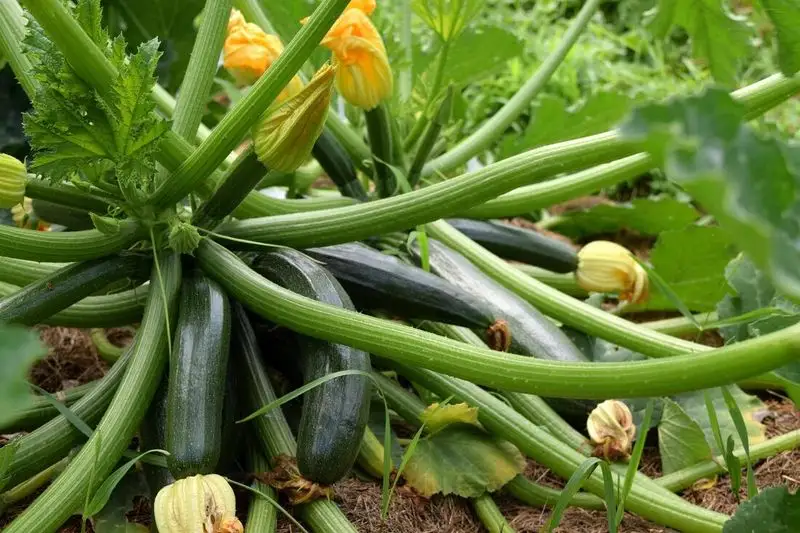
Zucchini, beloved for its versatility, practically grows itself when conditions are right. Once planted in warm, rich soil, it requires little more than regular watering. This plant is prolific, often producing more than a gardener knows what to do with. Its only challenges are powdery mildew and squash bugs, which demand some vigilance. Otherwise, zucchinis grow rapidly, yielding a bountiful harvest throughout the summer. The ease with which zucchini can be cultivated makes it a favorite among gardeners. Its rapid growth and generous output are a testament to its resilient nature.
Tomatoes
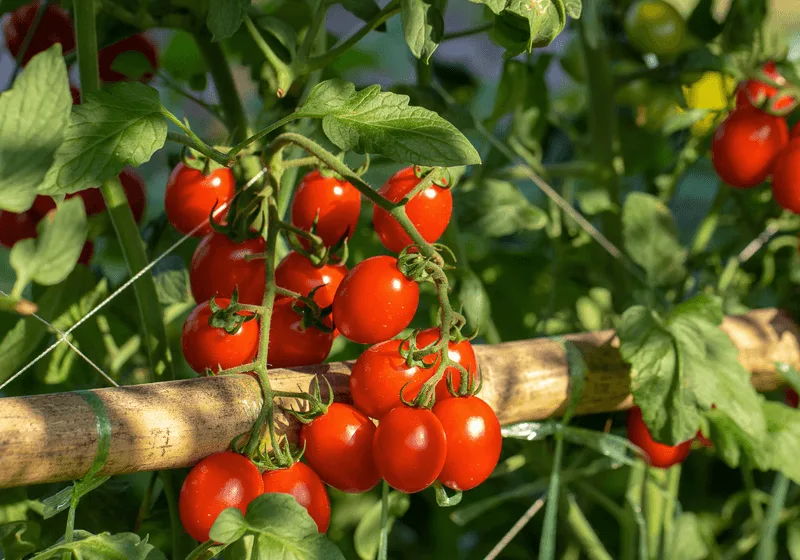
Tomatoes are the crown jewels of many gardens, thriving under the sun’s warm embrace. These plants are relatively low-maintenance, requiring just ample sunlight and consistent watering. With the right support, such as stakes or cages, they grow vigorously, producing juicy, flavorful fruits. While they can face challenges like blight or aphids, their resilience often sees them through. The reward is a bumper crop of tomatoes, perfect for salads, sauces, or sandwiches. Their reliable nature and delicious output make tomatoes a gardener’s delight, embodying the joy of summer in every bite.
Lettuce
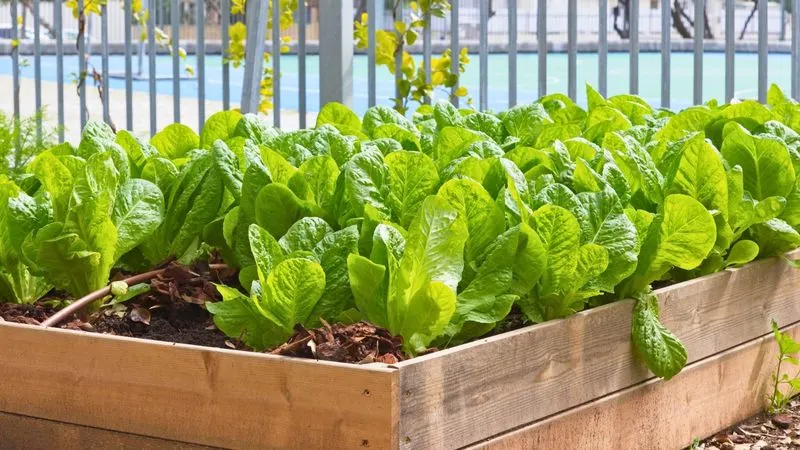
Lettuce, the foundation of any good salad, grows with remarkable ease. It demands little more than cool, shaded areas and consistent moisture. This leafy green thrives quickly, offering multiple harvests in a single season. While pests like slugs may pose a threat, they are easily managed. Lettuce’s fast growth and minimal needs make it a staple for gardeners, from beginner to expert. Its ability to regenerate after cutting allows for continuous enjoyment. The simplicity and speed of lettuce cultivation bring satisfaction to any gardener’s endeavors.
Cucumbers
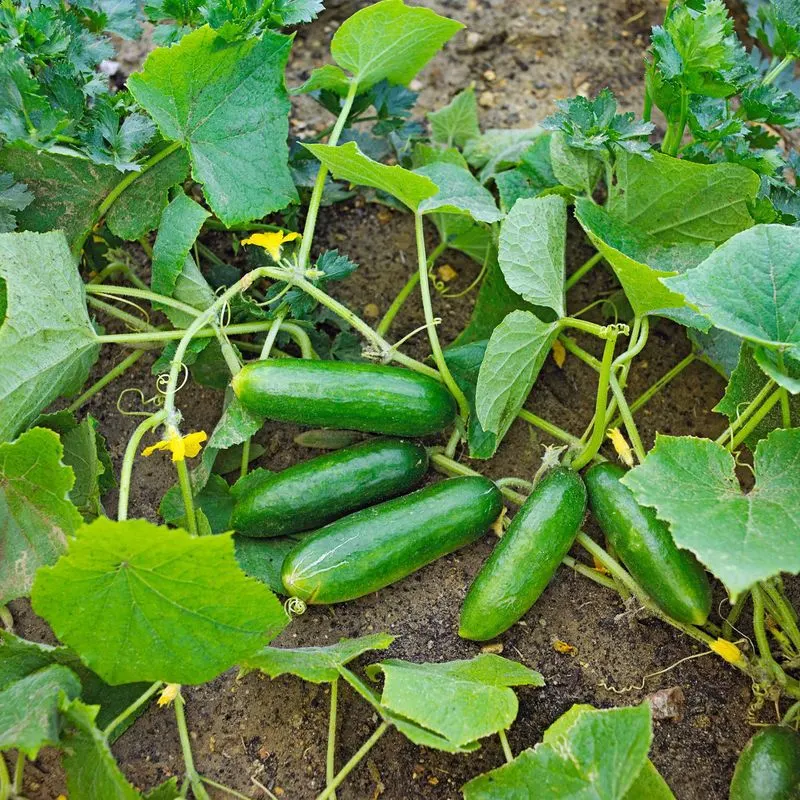
Cucumbers, with their refreshing crunch, are a gardener’s ally. Once established, they grow rapidly, clambering up trellises and sprawling across the garden. They flourish in warm, sunny conditions with regular watering. Their prolific nature means a continuous supply throughout the season. Occasionally, powdery mildew or pests like cucumber beetles may pose challenges, but vigilance keeps them at bay. The bounty of cucumbers is a testament to their robust growth, offering crisp, hydrating fruits for pickling or salads. Their vigorous vines transform any garden into a lush, productive space.
Spinach
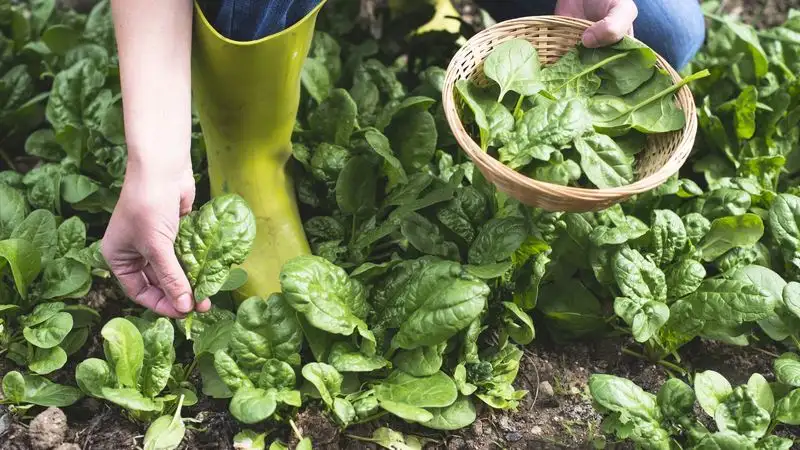
Spinach, rich in nutrients, is a gardener’s loyal friend. It thrives in cooler weather, making it perfect for early spring or fall planting. Once sown, it quickly establishes itself, requiring minimal attention. Regular watering and occasional weeding ensure its lush growth. Spinach’s resilience against pests and diseases is commendable, making it a reliable crop. While it may bolt in intense heat, timely harvesting prevents this. Its nutrient-packed leaves are perfect for salads, smoothies, or cooking. The ease and reward of growing spinach make it a favored choice in any vegetable patch.
Green Beans
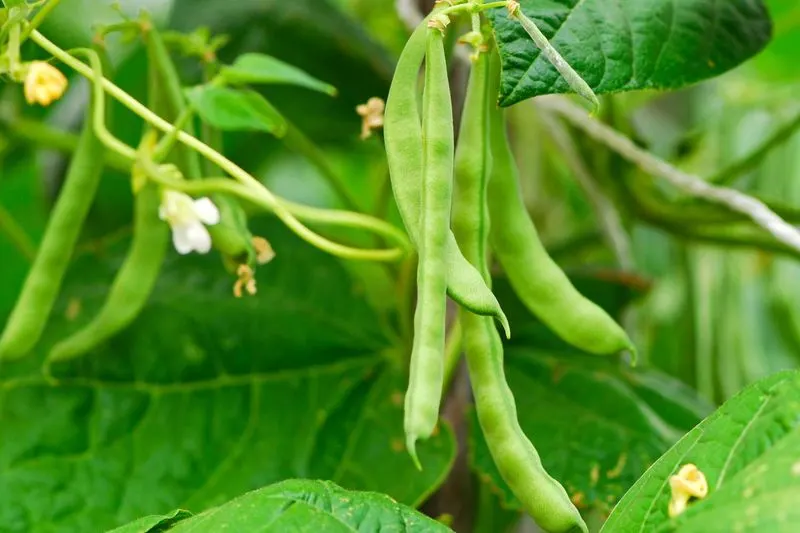
Green beans, with their crisp pods, are a gardener’s boon. They grow with vigor, climbing poles or sprawling across the ground. Once the soil is warm, they establish quickly, requiring little more than sunlight and water. While pests like aphids may appear, they are easily managed with vigilance. Green beans’ rapid growth and prolific nature result in continuous harvests, perfect for fresh eating or preserving. Their resilience and ease of cultivation make them a staple in many gardens, offering a rewarding and tasty bounty for minimal effort.
Radishes
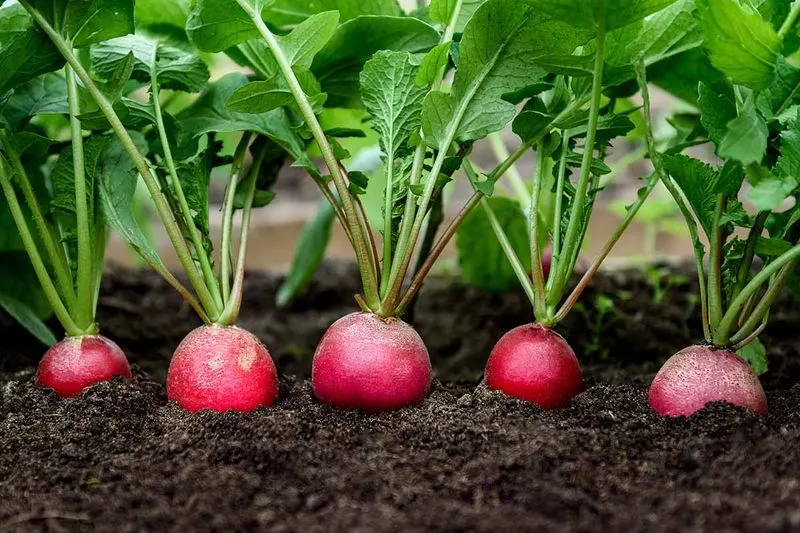
Radishes, swift-growing and peppery, are a gardener’s delight. They thrive with minimal fuss, requiring loose soil and regular watering. Their rapid growth means they’re often the first to be harvested, heralding the start of the gardening season. While they can be susceptible to pests like root maggots, quick action keeps them in check. Radishes’ ability to grow so swiftly and consistently makes them perfect for successive planting. Their spicy roots add zest to salads and dishes, providing a quick and satisfying harvest that delights gardeners of all skill levels.
Swiss Chard
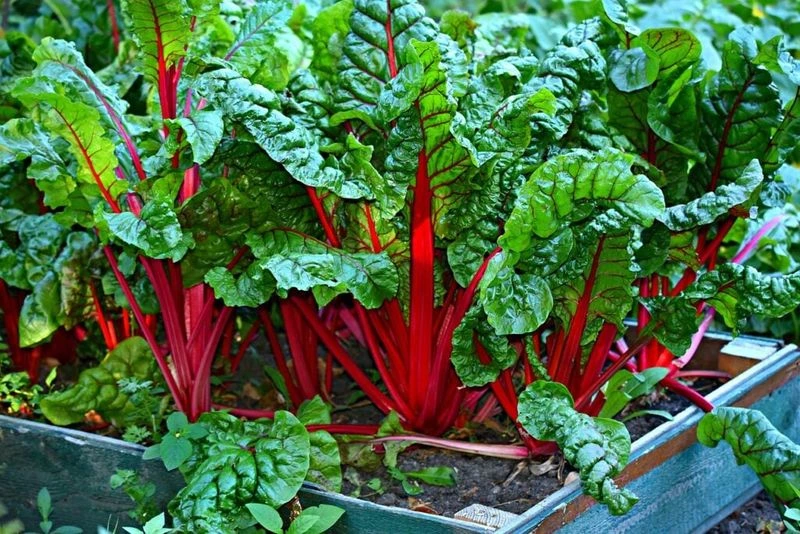
Swiss chard, with its colorful stalks, brings vibrancy to any garden. This leafy green is versatile, thriving in varied conditions, from full sun to partial shade. It requires minimal care, with just regular watering and occasional harvesting. Swiss chard is relatively resilient against pests, making it a reliable crop. Its ability to continually produce leaves throughout the season ensures a constant supply. The plant’s visually striking appearance and nutrient-rich leaves make it a favorite among gardeners. Swiss chard’s adaptability and beauty enhance any vegetable patch.
Kale
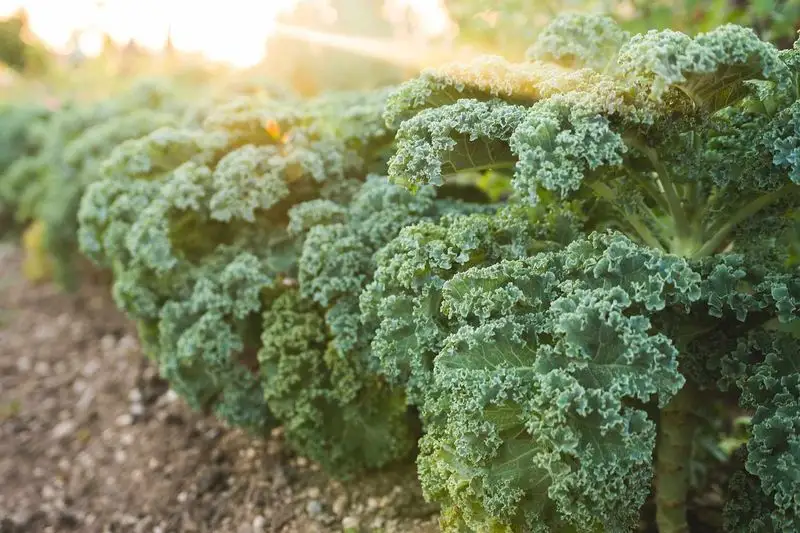
Kale, the darling of health enthusiasts, is remarkably easy to cultivate. It thrives in a variety of conditions, from full sun to partial shade. Once planted, it requires little more than consistent moisture and occasional weeding. Its robust leaves withstand pests and diseases well, making it a reliable choice. Kale’s ability to produce leaves even in cooler temperatures extends its growing season. Its versatility in the kitchen, from salads to smoothies, complements its easy cultivation. Kale’s resilience and nutritional value make it a cornerstone of many vegetable gardens.
Peas
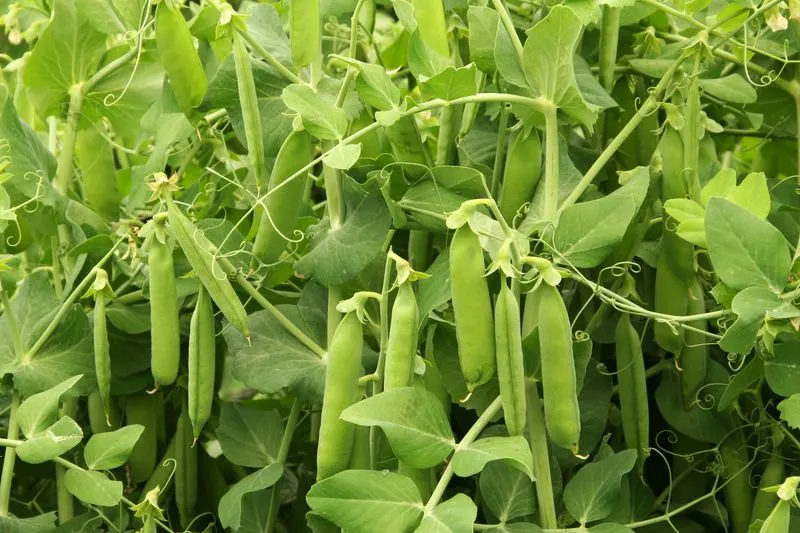
Peas, with their sweet pods, are a gardener’s joy. They establish quickly, climbing trellises with their delicate tendrils. Peas require cool weather, thriving in early spring or fall. Regular watering and minimal weeding ensure their growth. They face few pest issues, making them an easy crop for beginners and experts alike. Peas’ rapid growth translates to abundant harvests, perfect for fresh eating or cooking. Their nitrogen-fixing ability enriches the soil, benefiting subsequent plantings. Peas’ ease of growth and sweet flavor make them a cherished addition to any garden.
Potatoes
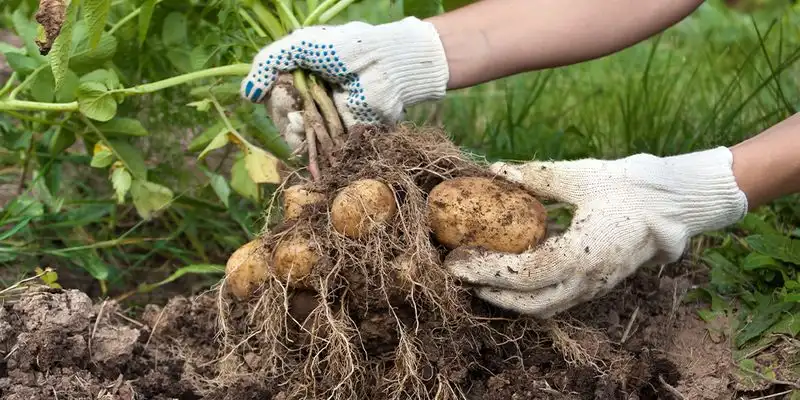
Potatoes, with their earthy appeal, are a gardener’s staple. They grow with minimal fuss, requiring loose soil and regular hilling to encourage tuber development. Once planted, they rapidly establish themselves, needing only consistent watering. While pests like potato beetles can be a concern, they are manageable with vigilance. Potatoes’ underground bounty is revealed come harvest time, offering a versatile staple for numerous dishes. Their ease of growth and substantial yield make potatoes a rewarding crop. The anticipation of digging up fresh potatoes adds to the gardening experience.
Beets
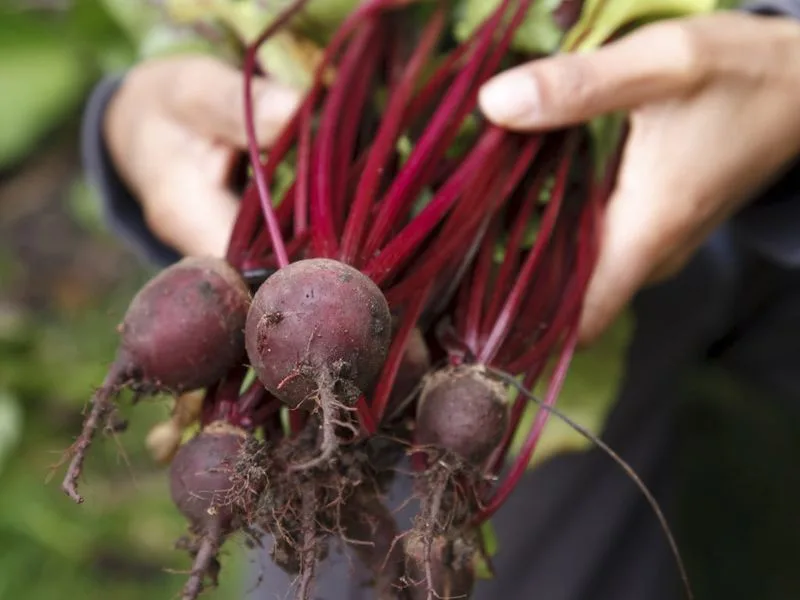
Beets, with their sweet, earthy roots, are a gardener’s ally. They require little more than loose soil and consistent moisture to thrive. Once established, they grow swiftly, offering both edible roots and greens. Beets face few pest issues, making them a low-maintenance choice. Their vibrant roots add color to dishes, while the greens are equally nutritious. Beets’ dual-purpose nature and ease of cultivation make them a valuable addition to any vegetable patch. Their ability to grow in a variety of conditions ensures a reliable and rewarding harvest.
Garlic
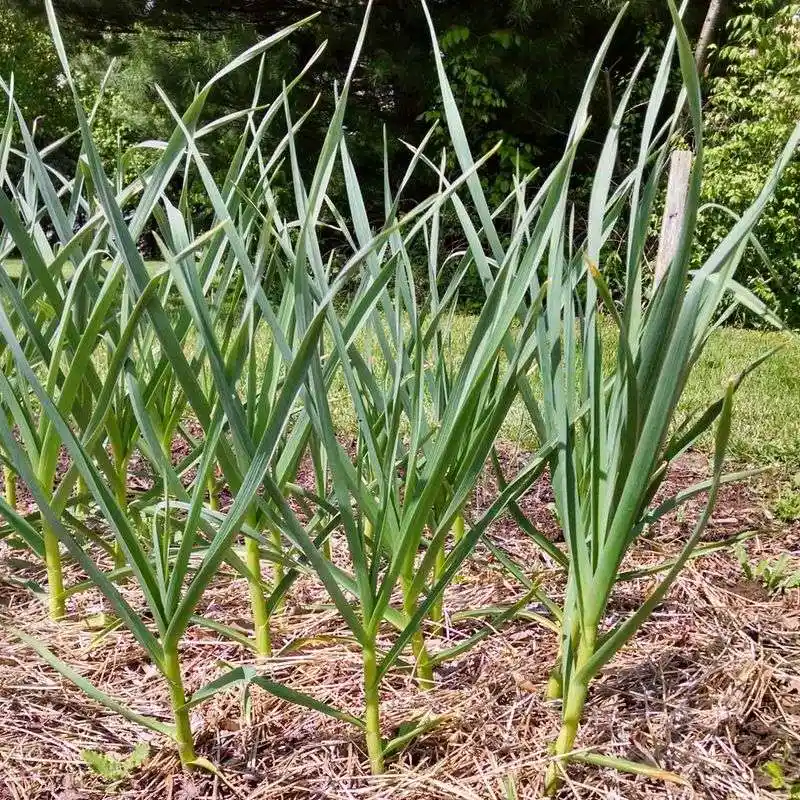
Garlic, a culinary cornerstone, is surprisingly easy to grow. Plant it in the fall, and it quietly develops over the winter. By summer, you’re rewarded with a bounty of bulbs. Garlic requires little more than well-drained soil and occasional weeding. It faces few pest issues, making it a straightforward crop for gardeners. The pungent bulbs enhance countless dishes, rewarding the patient gardener. Garlic’s simplicity and reliability make it a favorite among both novice and seasoned gardeners. Its robust growth and flavorful yield are a testament to its enduring appeal.
Squash
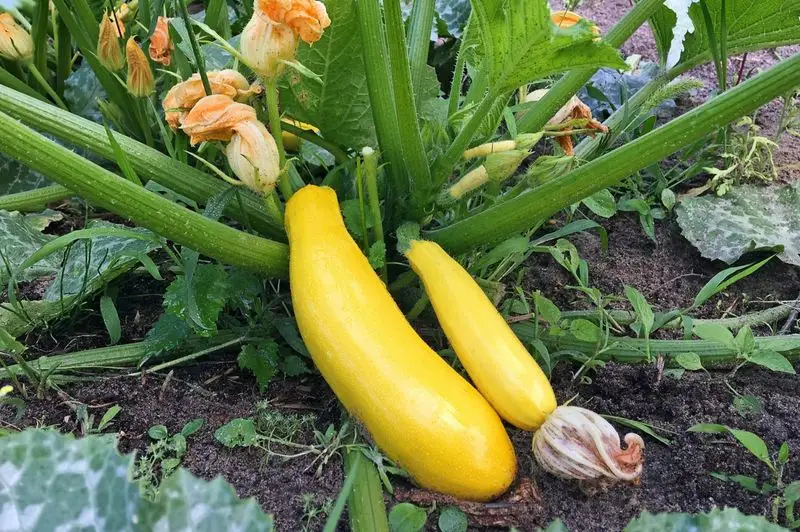
Squash, with its sprawling vines, transforms gardens into lush landscapes. Once established, it grows vigorously, producing abundant fruits. Squash requires warm, rich soil and regular watering. While pests like squash bugs can be troublesome, they can be managed with care. The plant’s prolific nature means a continuous harvest throughout the season. Its versatility in the kitchen, from savory dishes to sweet desserts, underscores its value. Squash’s robust growth and generous yield make it a cornerstone of summer gardening, offering a bountiful reward for minimal effort.

